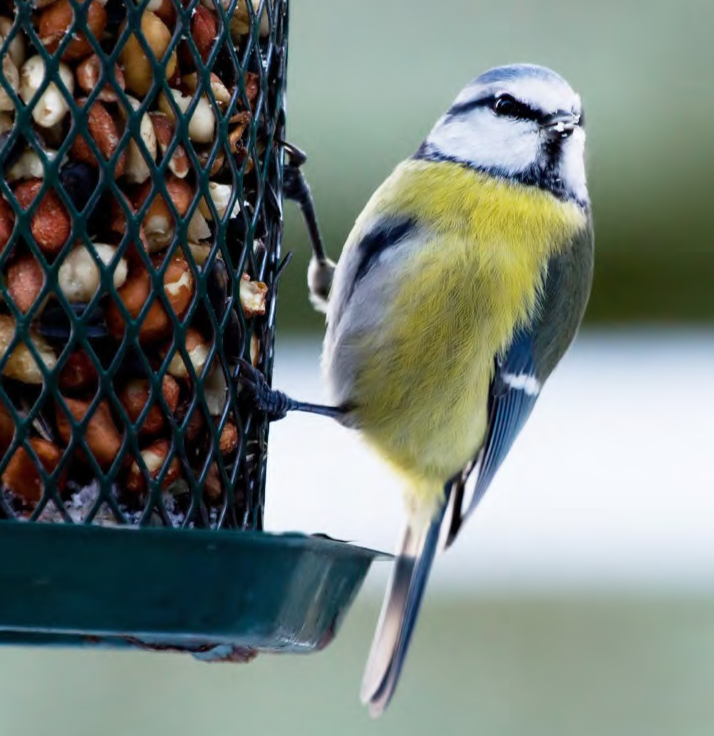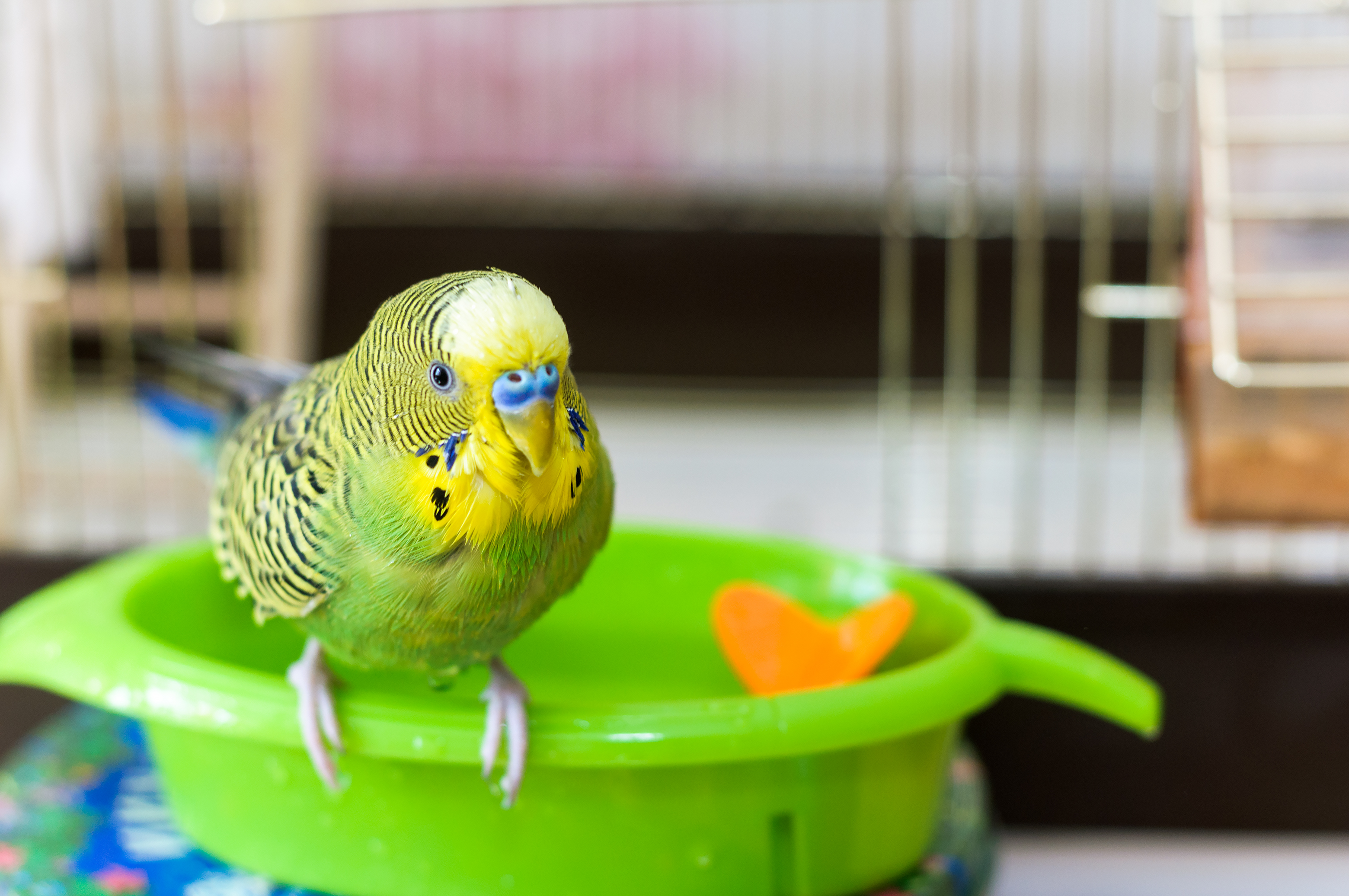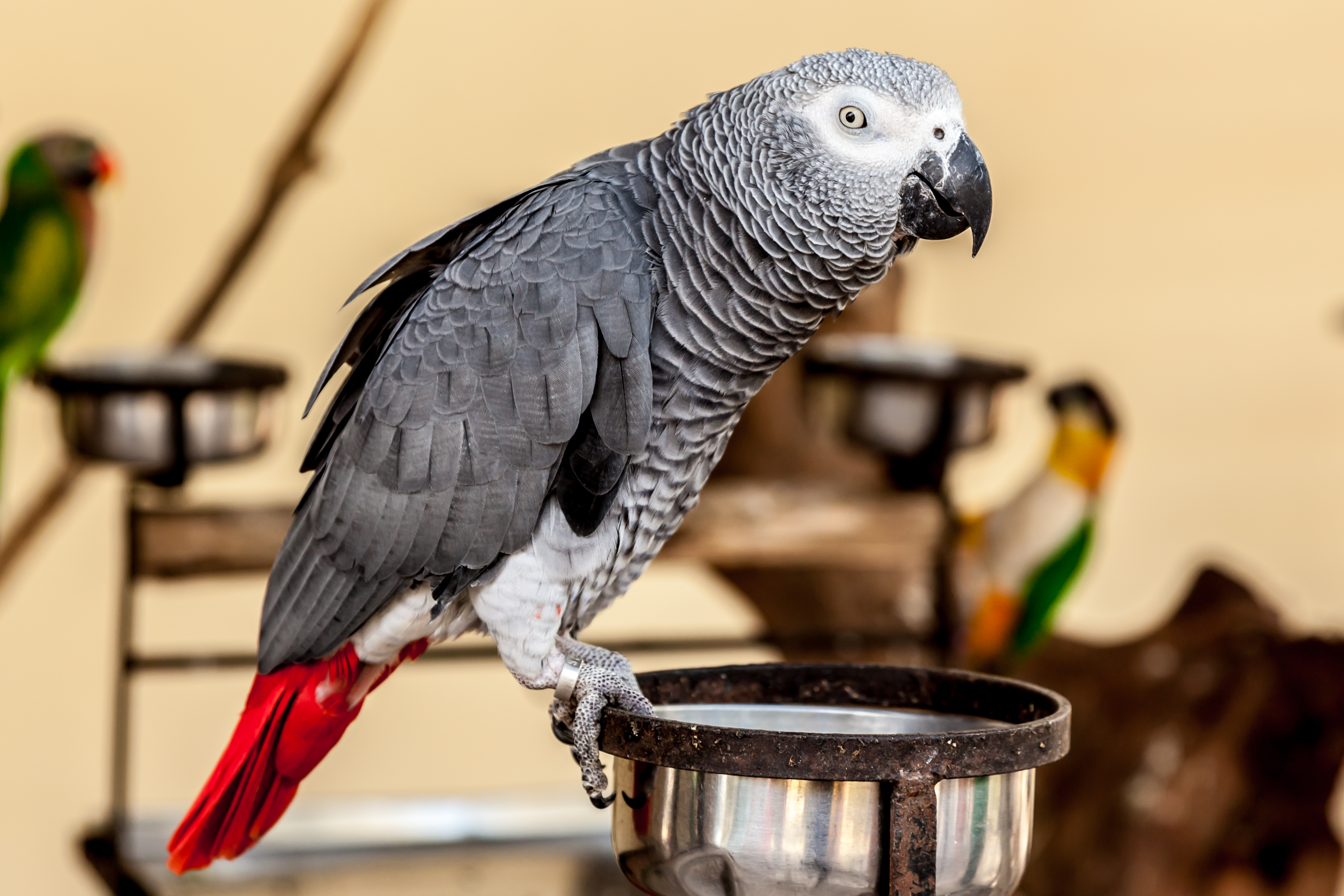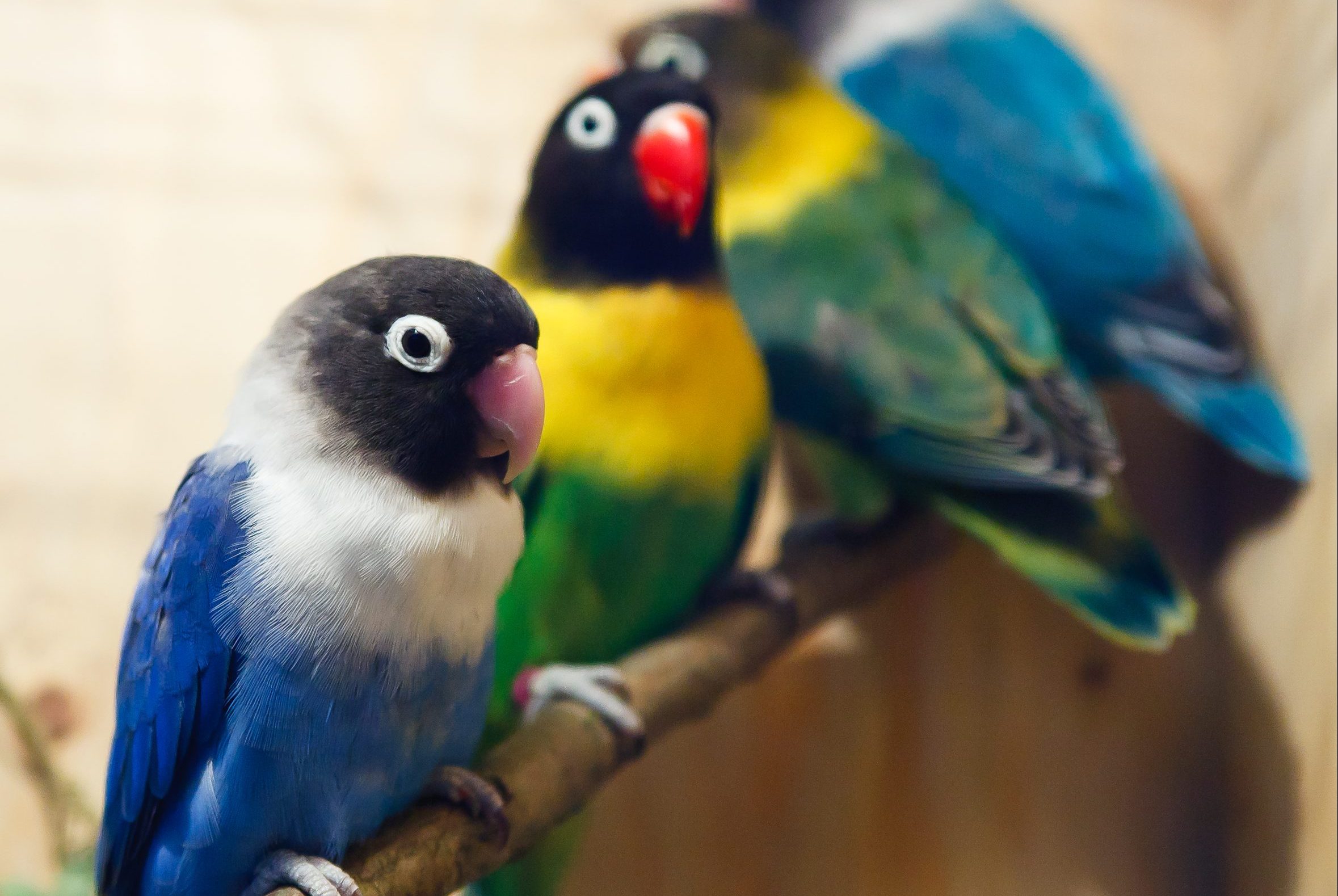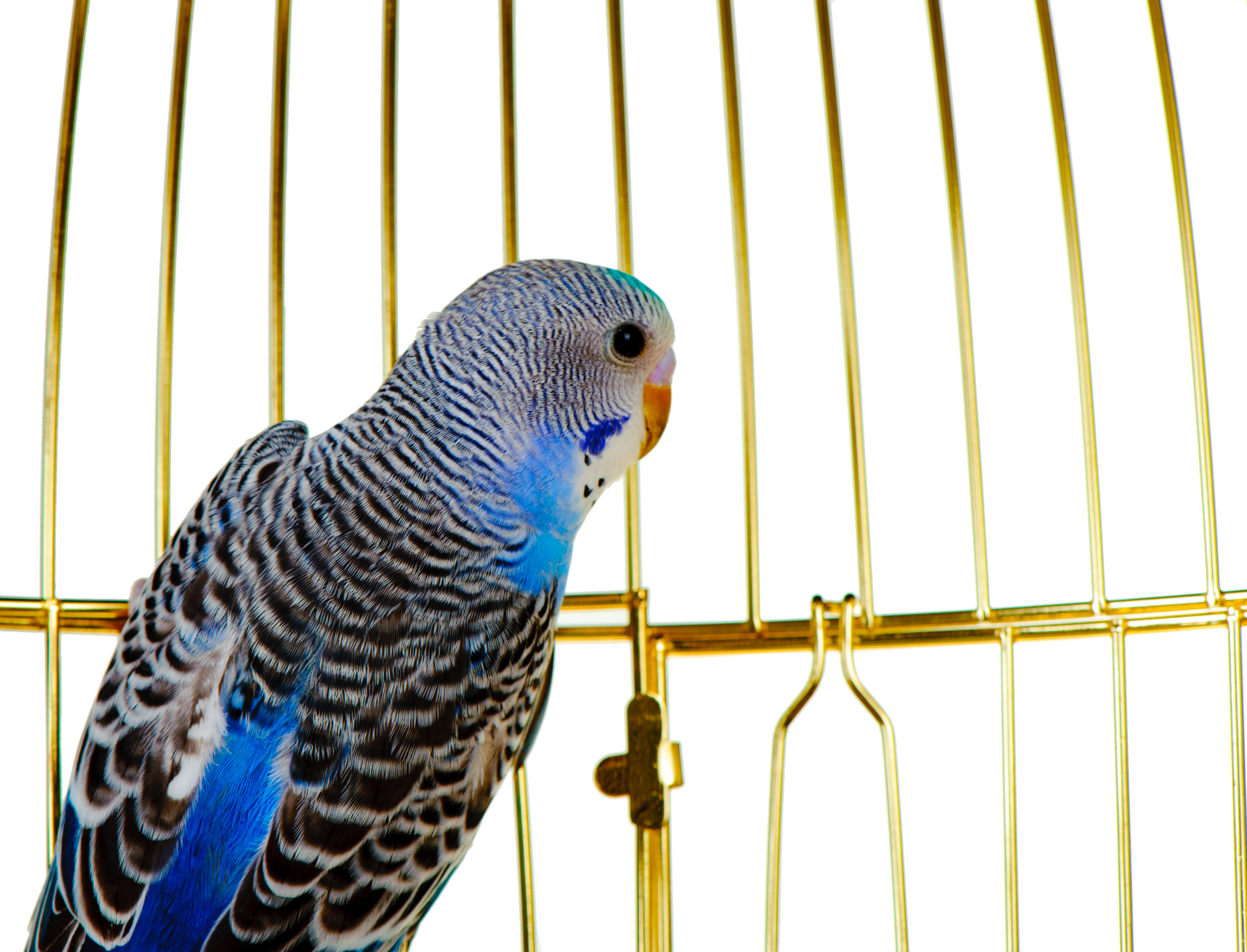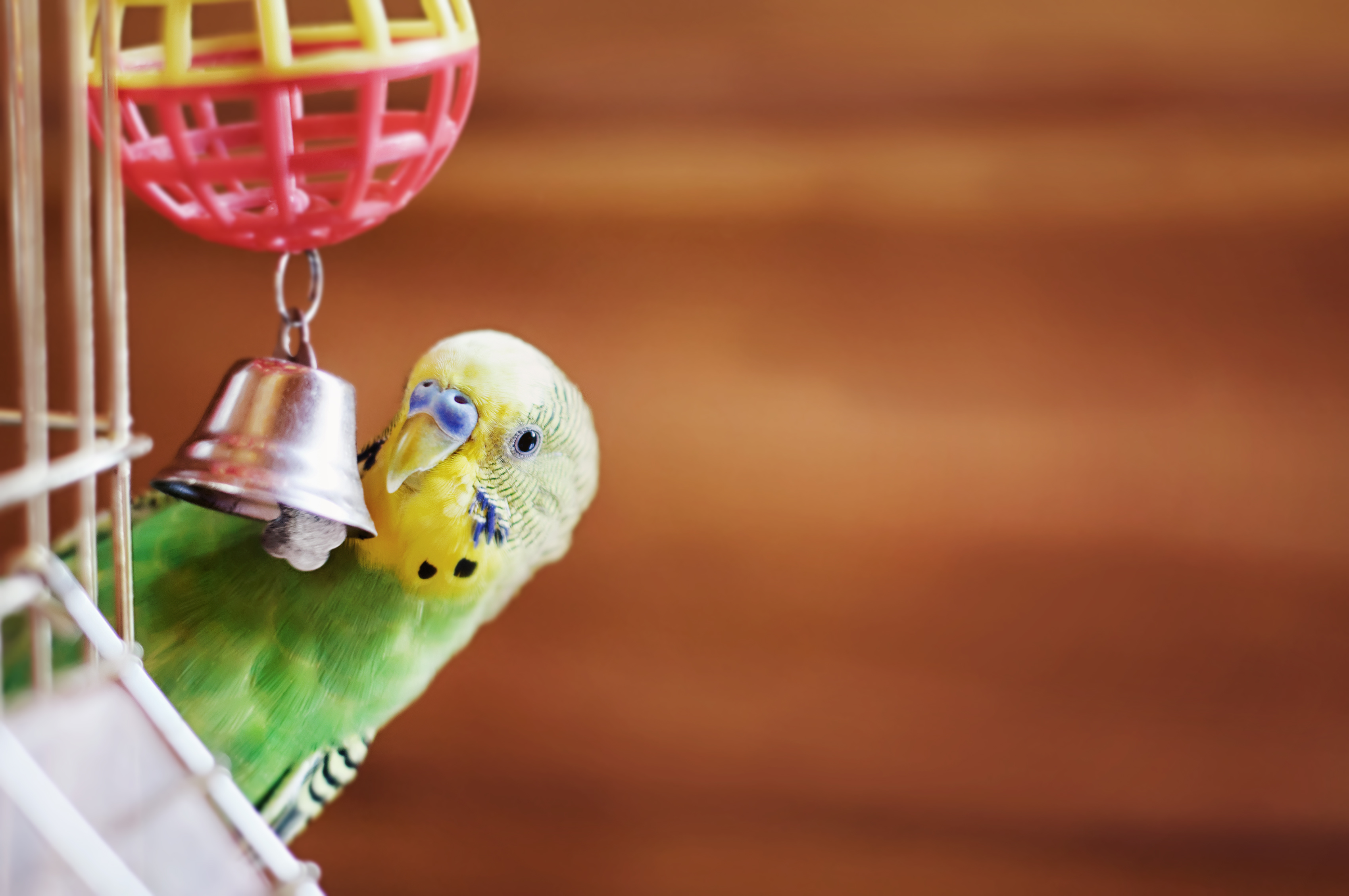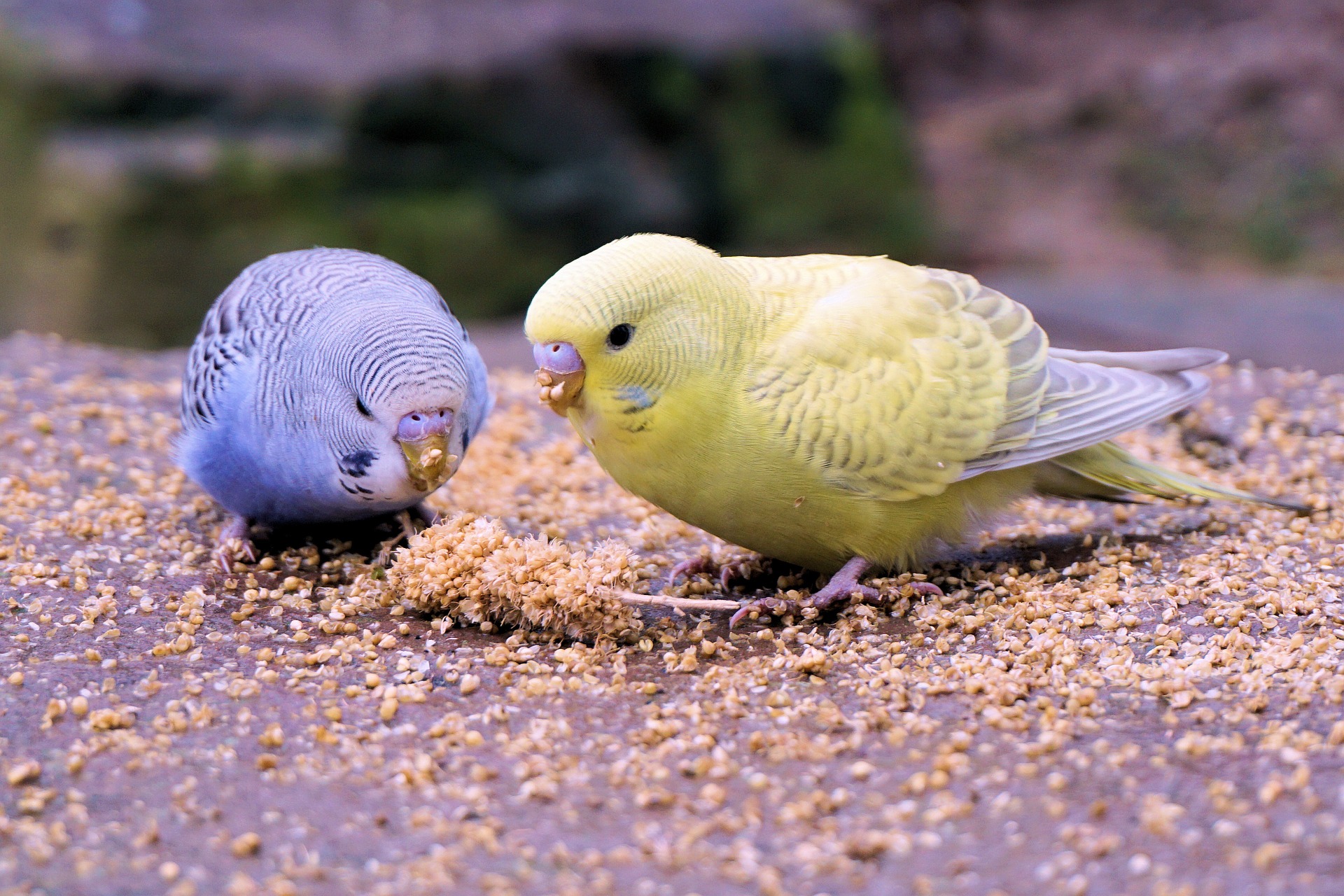Wild Bird Products Attract Nature Lovers
Erik J. Martin //February 13, 2018//
If trees could talk, they’d wax poetically about all the wonderful winged creatures that flock to their branches. Fortunately for homeowners, they don’t need to rely on the testimony of elms, maples and birches—they can see with their own eyes how colorful and captivating wild birds are from the comforts of their own windows and yards.
But to keep them coming back, consumers know they need to replenish their supply of products that cater to these feral feathered friends. And that’s where you come in.
Going Wild
“Wild bird feeding is America’s fastest growing hobby, second only to gardening. It’s so popular that over 55 million Americans feed wild birds,” said Stephanie Carbaugh, marketing and design assistant
for Sinking Spring, Pennsylvania-based F.M. Brown’s Sons, a major maker of avian edibles officially incorporated in 1948.
Abbie Rose, marketing manager for Kaylor of Colorado, a Greeley, Colorado-based company founded in 1976, said pet retailers can capitalize on the increasing desire by backyard bird enthusiasts to create an inviting outdoor environment.
“If a retailer carries a full line of products for beginning and seasoned birders alike, they can provide the comprehensive shopping experience for customers who are seeking to build an attractive environment to the birds in their backyard,” Rose said.
Cheryl Eberle, category manager for Bradley Caldwell, Inc. (BCI), said pet stores have great potential to compete with other retailers carrying these products, particularly garden centers that become a destination store for wild bird products year-round. BCI is headquartered in Hazleton, Pennsylvania, and is the distributor of wild bird foods and 23,000 other goods.
“This category will provide an excellent return with a relatively low SKU requirement compared to other product categories,” Eberle suggested. “But you can’t be a little in this business—you must offer choice; especially for the dedicated wild bird feeder, provide selection, and introduce new items regularly.”
New Winds Blowing
One prominent trend in this category of late is a hot one—literally.
“More companies have developed spicy hot consumable products, and their sales are definitely increasing,” Eberle said. “Spicy feeds deter squirrels and other animals from eating all the food.”
Eberle noted that D&D Commodities introduced Sizzle N Heat, a hot sauce infused spicy bird food, in 2016 with great success. Other spicy brands of note include Cole’s Blazing Hot Blend, infused with habanero chilies; Shafer Hot Pepper Seed; and F.M. Brown’s BirdLover’s Blend No Squirrels…Just Birds!, with crushed chili peppers.
Feeds with fun colors are trending, too. Case in point: F.M. Brown’s Red, White & Blue Americana Blend Gourmet Wild Bird Food, featuring patriotic colors that will catch the eye within any outdoor feeder. Additionally, squirrel-proof and resistant feeders remain big sellers, as evidenced by a continued influx of these product designs from manufacturers like Classic Brands (whose Squirrel X-3 continues to command shelf space) and Nature’s Way.
“The top-selling feeders from the majority of the manufacturers we partner with are squirrel-proof or resistant,” Eberle said.
Other Trends
Rose said she’s observed consumers purchasing more high-end wild bird blends full of shelled and hulled ingredients, such as Kaylor’s Country Blends Complete Patio, instead of the “economy” bird seed blends.
“Non-germinating and shelled blends are becoming increasingly popular. They contain no filler and contribute to less mess under the feeders of shells and curb unwanted germination,” Rose said. “We attribute this trend to consumers becoming more educated about the products they are purchasing, realizing that buying a product full of inexpensive filler ingredients really just ends up being money on the ground that doesn’t attract the birds they want in their back yard environment.”
Susan Parker, general manager for Scarlett Premium Pet Feeds in Souderton, Pennsylvania, which has been manufacturing wild bird feed since 1869, agrees that better ingredients can help you win the wild bird ballgame.
“Brick and mortar retailers have to continue to find ways to compete against online retailers. One solution is to offer a high-quality product at a competitive price with their own brand name on it, which drives store traffic,” said Parker, who added that Scarlett rolled out a private label wild bird feed program in early 2017 that many retailers are participating in, with rave reviews so far. “If a customer truly likes the product, you win because they can only buy it at one location—not online and not at mass market retailers.”
Mary Wyld, owner of Wyld’s Wingdom, a Norfolk, Virginia-based pet bird supplies distributor, said there’s more to a wild bird set than simply seeds and feeders. Two other products of note in this space worth stocking include treats like Vitapol Smakers—food sticks made with biodegradable cores, coated with seed/treat mixtures, designed to hang from a tree or garden hook via a simple twine loop—and WindowAlert static cling decals that, when applied to windows, deter outdoor birds from hitting the glass.
“The decals contain a special coating that brilliantly reflects ultraviolet sunlight, which birds can see but humans cannot. They’re saving many wild bird lives,” Wyld said.
Merchandising Musts
Wild bird products can be profitable, but you have to offer a selection of different price points and styles. Different birds prefer different feeder designs, and consumers each have their favorites, Eberle added.
“You don’t need to be the least expensive seller, but you do need to have quality, a unique assortment and good service to attract and retain your customers,” Parker said.
Rose advised keeping your wild bird product stock rotated and fresh and avoiding low-quality products.
“Customer education here is key,” Rose insisted. “If a consumer understands that they are getting a better value purchasing a higher-end bird seed, they will see the difference in the quality of the birds they attract and the aesthetic of their outdoor environment.”
Lastly, remember that wild bird feeding is a hobby for all seasons, so keep that in mind when you are setting your store.
“I’ve seen a lot of stores who are unsure of what to do with their wild bird products when the weather is nice. But spring and summer can be just as stressful for wild birds as the cold winter months,” Carbaugh said. “If you want to generate a consistent customer, carrying wild bird products year-round is a great way to do so.”
